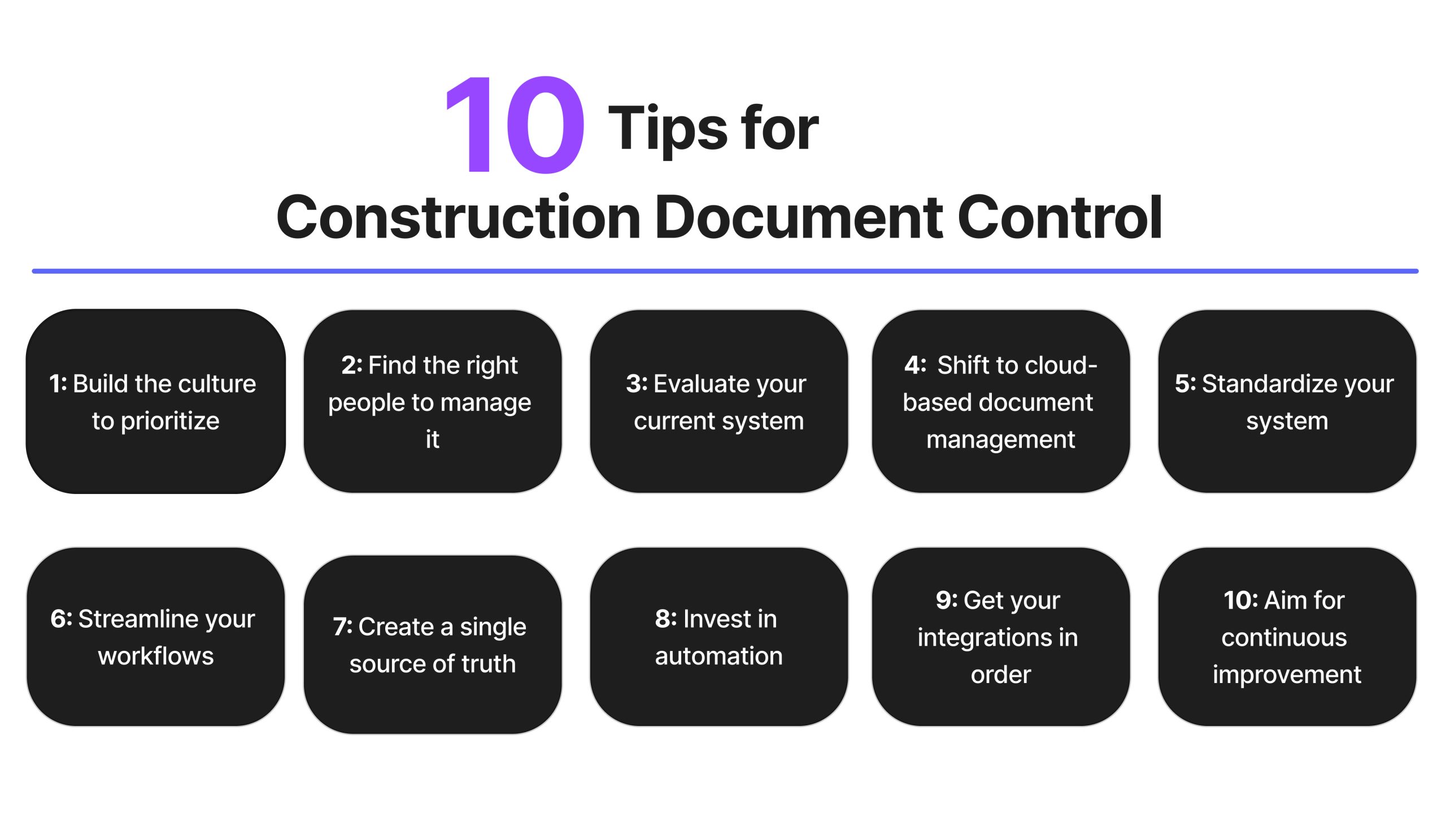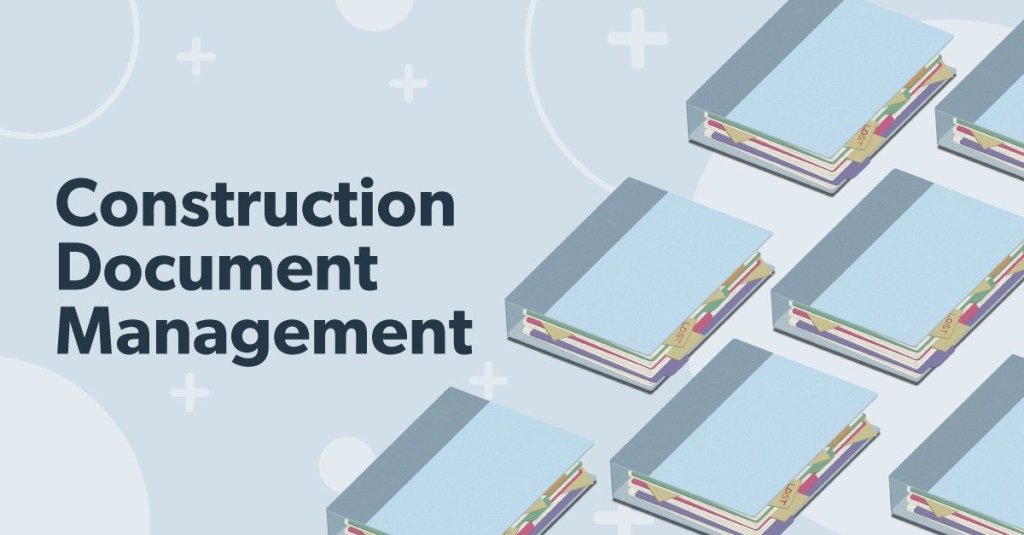Engineer's Overview to Streamlining Building And Construction Document Administration for Efficient Job Implementation
In the elaborate world of design and construction, the reliable monitoring of task documents stands as a cornerstone for success. Engineers are tasked with handling a myriad of drawings, requirements, agreements, and records, all necessary elements for bringing a job to fulfillment. The process of organizing, sharing, and preserving these records can often end up being a maze of inadequacies and obstacles if not handled thoroughly. By checking out systematic strategies, cutting-edge tools, and sector best practices, engineers can not only simplify their file monitoring processes yet likewise lead the means for a lot more reliable project implementation. Allow's navigate through the crucial approaches and services that can reinvent exactly how designers handle construction documents, making certain tasks are supplied with accuracy and timeliness.
Relevance of Efficient Document Management
Why is effective record administration vital for engineers in the construction market? Efficient record management is essential for designers in the building market as it plays a critical duty in ensuring the effective implementation of projects. Designers deal with a huge selection of records, ranging from design illustrations and requirements to permits and agreements. Appropriate organization and monitoring of these papers are imperative to preserve job timelines, ensure compliance with guidelines, and facilitate reliable interaction among task stakeholders.

Reliable file monitoring makes it possible for designers to gain access to crucial details quickly, track job progression accurately, and mitigate risks related to omissions or mistakes. By implementing streamlined document administration processes, engineers can improve cooperation with customers, contractors, and various other team participants, leading to improved project end results and client complete satisfaction.
Moreover, reliable record management aids architects keep a comprehensive task history, enabling them to leverage past experiences and lessons found out for future jobs. In today's fast-paced building sector, where prompt decision-making and details sharing are vital, reliable record monitoring is a keystone for success.
Approaches for Enhancing Record Organization
Efficient document administration methods not just make sure task success for architects in the building sector however likewise lay the structure for executing techniques for streamlining document company. To streamline file company effectively, designers must first establish a clear identifying convention for folders and files. Uniformity in calling documents based upon project stages, file types, and appropriate information will certainly facilitate simple access and decrease confusion.
Using cloud-based storage space options can likewise enhance document organization by supplying a central area for all project-related data - construction document management. This permits staff member to access one of the most updated papers from anywhere, promoting collaboration and efficiency. Implementing variation control systems additionally improves paper organization by tracking modifications, protecting against contrasting edits, and making sure that the most recent variations are constantly offered
Additionally, producing a logical folder structure with marked subfolders for various paper classifications, such as contracts, drawings, and specs, can streamline document monitoring processes. On a regular basis examining and purging outdated or repetitive data will assist preserve a lean and organized record repository, ultimately improving productivity and job results.
Leveraging Technology Devices for Collaboration
In the world of modern architecture, designers are progressively relying upon innovative innovation tools to cultivate seamless cooperation among job stakeholders. Leveraging modern technology for cooperation improves interaction, enhances effectiveness, and boosts overall task results. Cloud-based platforms such as BIM 360 and Procore enable real-time accessibility to project papers, making it possible for contractors, clients, and engineers to collaborate successfully despite their physical area. These tools assist in concurrent editing, version control, and immediate updates, lowering hold-ups and mistakes brought on by miscommunications.
Virtual design and construction (VDC) software like Revit and AutoCAD article source Architecture enable engineers to develop in-depth 3D models that can be shared and modified collaboratively. This real-time cooperation boosts style accuracy, control, and visualization, resulting in far better decision-making throughout the job lifecycle. Additionally, interaction tools like Slack and Microsoft Teams provide instant messaging, documents sharing, and video clip conferencing capabilities, cultivating seamless interaction among employee and stakeholders.
Guaranteeing Precision and Version Control

Effective variation control also aids in handling document authorizations and guaranteeing that just authorized employees make adjustments. Architects must establish clear procedures for recording modifications, including timestamps and customer identification, to produce an audit trail for responsibility. On a regular basis communicating with the task team regarding variation updates and modifications is necessary to prevent confusion and preserve alignment throughout the construction procedure.
Ideal Practices for Paper Sharing and Access
Having actually developed a robust system for version control in building and construction document administration, designers can currently concentrate on optimizing paper sharing and accessibility methods to improve cooperation and efficiency among project stakeholders. One of the ideal methods for effective record sharing is to make use of cloud-based platforms. These platforms provide real-time accessibility to project files, allowing staff member to watch, edit, and discuss documents simultaneously. By centralizing files in a cloud atmosphere, designers can make certain that all stakeholders navigate here are collaborating with the most up-to-date information.
Additionally, carrying out role-based gain access to control is vital for preserving data security while facilitating partnership. Assigning different approval degrees to staff member guarantees that delicate details is just available to licensed employees. On a regular basis updating accessibility authorizations based on task demands and group adjustments is important for maintaining information integrity.
Incorporating job administration software with record sharing platforms can additionally enhance workflows. This combination permits smooth communication, job tracking, and paper management within a solitary user interface, reducing the requirement to switch in between multiple tools. By adhering to these best methods, engineers can develop an extra effective and collective file sharing environment, inevitably resulting in effective project execution.

Conclusion
To conclude, reliable building and construction document administration is important for successful project implementation. By applying methods for company, leveraging innovation devices for partnership, guaranteeing accuracy and variation control, as well as following ideal methods for file sharing and access, engineers can improve their workflow and boost overall job effectiveness. Focusing on these elements of paper administration will certainly result in smoother task implementation and far better end results for all stakeholders entailed.
Effective file administration is crucial for engineers in the building market as it plays a pivotal function in making certain the successful implementation of jobs. construction document management. Appropriate company and management of these documents are essential to keep job timelines, guarantee conformity with policies, and help with efficient communication amongst task stakeholders
Effective document monitoring techniques not just ensure job success for architects in the construction market yet also lay the structure for applying approaches for improving paper organization. One vital strategy is establishing a centralized file repository where all team members can access the newest versions of illustrations, specs, and various other task records.Having established a robust system for version control in building paper management, designers look at this site can now focus on optimizing file sharing and access techniques to enhance cooperation and effectiveness among job stakeholders.
Comments on “Opening Performance: The Advantages of Construction Document Management Operating Systems”